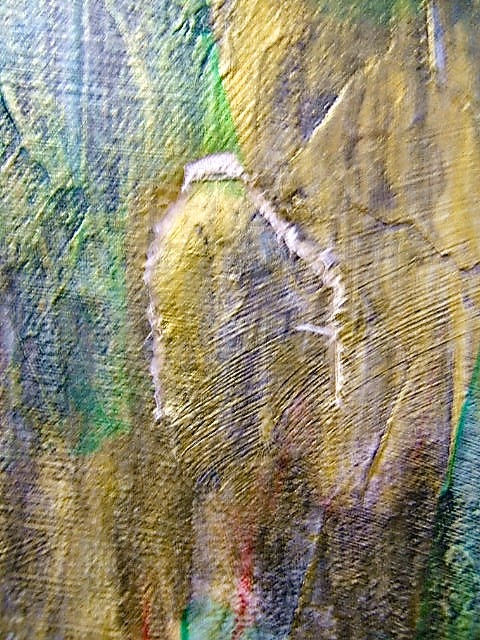 |
| Adding code number for each painting |
 |
| Checking for unwanteds under the glass |
 |
| Securing the image and adding the wire |
My husband is my biggest fan. He is also an analytical
mathematician who loves working with numbers. When I announced I had finished my
eleven paintings for CAVA he celebrated with me and thought I was done… Last
Friday he asked me what framing all involves… Indeed. Watercolours need
protection. The framing does not take long if one has all the ingredients at
hand. I had checked some time ago and ordered ten new frames as I already had a
few on my shelves. Most of them were silver and I wanted to show them in black.
It looks far more professional if all the frames are the same style and the
same colour in a show. The glass was abundant. There is a case on another shelf
waiting to be emptied. I had forgotten about the matting until last week so I
cut some scraps and had them belevel cut at my frame shop. Should be
everything… Luckily I did have the other needed supplies such as acid free
tape, window cleaner and bandaids. Glass is sharp on the edges and I usually
get at least one nick. So everything is ready to deliver on Wednesday and I can
turn my attention to other things… like mixed media! Life is good.
Just a reminder:
Two concurrent upcoming shows this week!











